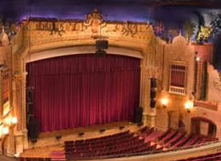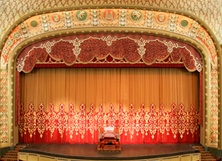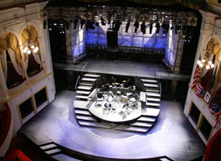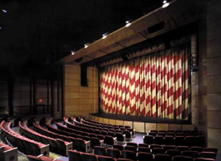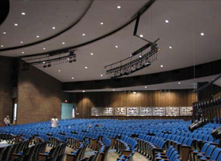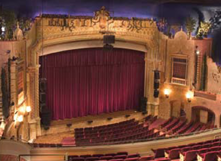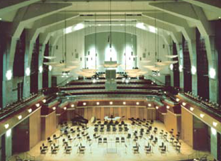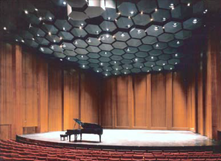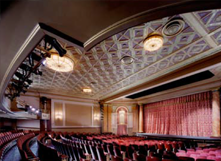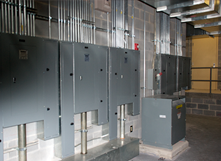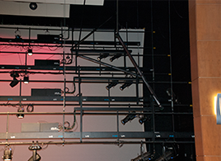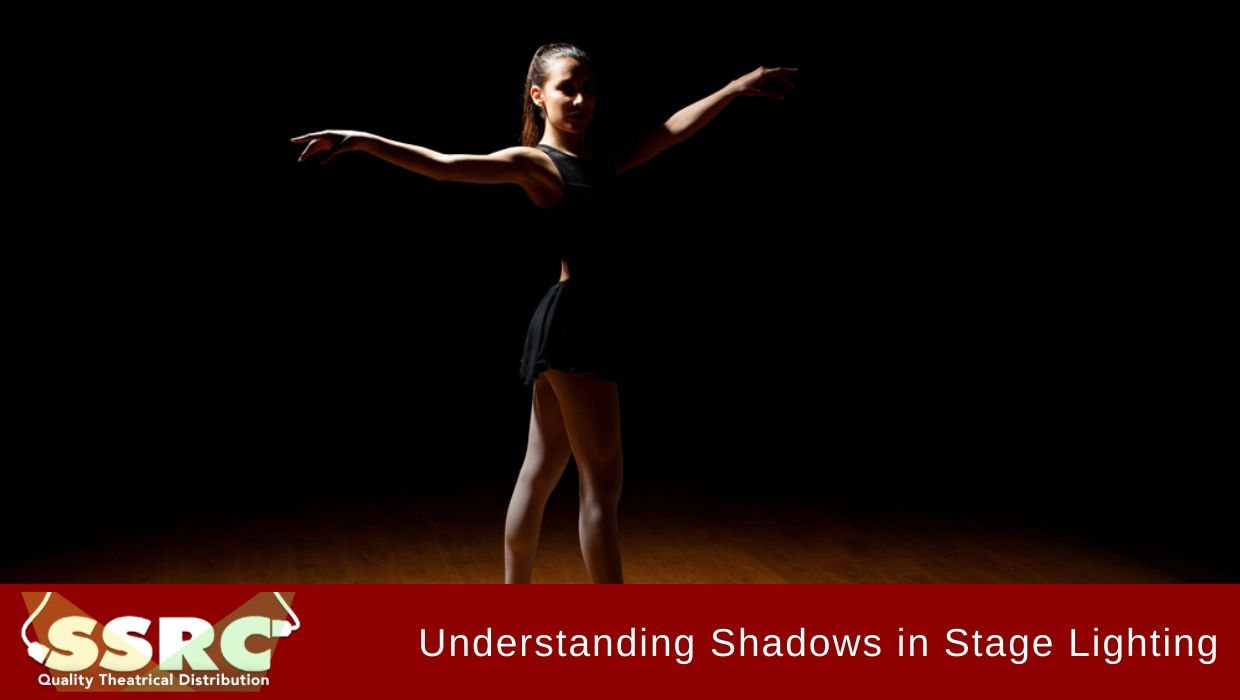
Understanding Shadows in Stage Lighting
When it comes to stage lighting, shadows can be tricky! Shadows have a tendency to appear where you don’t want them and can be difficult to create where you do. There are, however, some tricks to understanding shadows in stage lighting and using shadows to enhance your next production.
The good news is that light is predictable. Light travels in straight lines. Therefore, bending light to fit an onstage set may sound like magic. With the right understanding, however, you can make this aspect of stage light work for you and not against you.
The Key to Shadows Is in The Number of Subjects Being Lit
Each element pointing to the stage or away from the stage is also casting a shadow. Therefore, the more you try to light, the more shadows you actually create. The answer to fewer shadows is not found in more lights. Burning more elements will only give you more shadows.
Instead of using more lights to eliminate shadows, the answer is in strategically placing shadows. Shadows are inevitable, but you do have some control in making shadows less obvious when trying to avoid them altogether. Remember that each subject being lit creates a shadow. When you plan for lighting your subjects, you have to account for each accompanying shadow.
Once you have all shadows accounted for, you can create a plan to either eliminate or accentuate the shadows. The light that falls outside of each object illuminated will either be reflected by another object on set or will create more shadows. This is where adjusting barn doors can be more effective than adding additional lighting from another element.
Using Shadows Can Be A Tool for Creating Emotion
The use of shadows can give you an effect unattainable by using more lighting. Using the straight-line theory of stage lighting, you can actually plan for shadows ahead of time to create emotions and an atmosphere that only comes from the use of dark spaces. For example, if a moment in your production calls for contrast, ignoring the traditional standard of three-point lighting can help create this effect.
Similarly, if the aim is a silhouette, then forgoing the key and fill lights for a scene will help to create the desired effect. Diffusing backlight so that it becomes less intense during a scene will also allow for a deeper shadow cast by the subjects on stage.
This all may sound complicated, but it doesn’t have to be! For help in determining the best equipment to either create or eliminate shadows in your production, call SSRC at (864) 848-9770 or use our online contact form. Our team of talented and experienced theatrical distribution professionals are ready to assist you with all your theatrical lighting needs.
How to Get Creative with Stage Lighting
Posted by admin
Recent Posts
Archives
- January 2022
- December 2021
- November 2021
- October 2021
- May 2021
- April 2021
- March 2021
- February 2021
- January 2021
- October 2020
- September 2020
- August 2020
- July 2020
- June 2020
- April 2020
- March 2020
- January 2020
- November 2019
- October 2019
- August 2019
- July 2019
- May 2019
- April 2019
- March 2019
- February 2019
- January 2019
- November 2018
- October 2018
- September 2018
- August 2018
- July 2018
- June 2018
- May 2018
- April 2018
- March 2018
- January 2018
- December 2017
- October 2017
- September 2017
- August 2017
- July 2017
- June 2017
- July 2016
- June 2016
- May 2016
- March 2016
